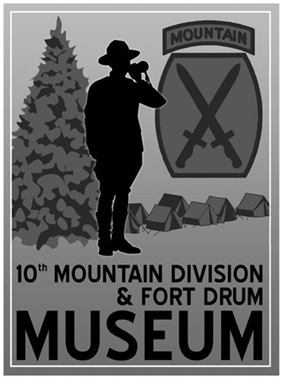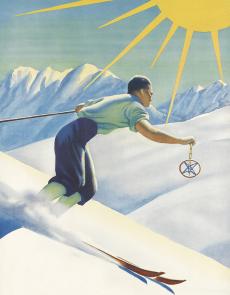SKIING HISTORY
Editor Seth Masia
Managing Editor Greg Ditrinco
Consulting Editor Cindy Hirschfeld
Art Director Edna Baker
Editorial Board
Seth Masia, Chairman
John Allen, Andy Bigford, John Caldwell, Jeremy Davis, Kirby Gilbert, Paul Hooge, Jeff Leich, Bob Soden, Ingrid Wicken
Founding Editors
Morten Lund, Glenn Parkinson
To preserve skiing history and to increase awareness of the sport’s heritage
ISHA Founder
Mason Beekley, 1927–2001
ISHA Board of Directors
Rick Moulton, Chairman
Seth Masia, President
Wini Jones, Vice President
Jeff Blumenfeld, Vice President
John McMurtry, Vice President
Bob Soden (Canada), Treasurer
Einar Sunde, Secretary
Richard Allen, Skip Beitzel, Michael Calderone, Dick Cutler, Ken Hugessen (Canada), David Ingemie, Joe Jay Jalbert, Henri Rivers, Charles Sanders, Christof Thöny (Austria), Ivan Wagner (Switzerland)
Presidential Circle
Christin Cooper, Billy Kidd, Jean-Claude Killy, Bode Miller, Doug Pfeiffer, Penny Pitou, Nancy Greene Raine
Executive Director
Janet White
janet@skiinghistory.org
Membership Services
Laurie Glover
(802) 375-1105
laurie@skiinghistory.org
Corporate Sponsorships
Peter Kirkpatrick
(541) 944-3095
peterk10950@gmail.com
Bimonthly journal and official publication of the International Skiing History Association (ISHA)
Partners: U.S. Ski and Snowboard Hall of Fame | Canadian Ski Museum and Hall of Fame
Alf Engen Ski Museum | North American Snowsports Journalists Association | Swiss Academic Ski Club
Skiing History (USPS No. 16-201, ISSN: 23293659) is published bimonthly by the International Skiing History Association, P.O. Box 1064, Manchester Center, VT 05255.
Periodicals postage paid at Manchester Center, VT and at additional mailing offices. Postmaster: Send address changes to ISHA, P.O. Box 1064, Manchester Center, VT 05255
ISHA is a 501(c)(3) public charity. EIN: 06-1347398
Written permission from the editor is required to reproduce, in any manner, the contents of Skiing History, either in full or in part.
Renovated Fort Drum Museum Reopens
The U.S. Army's 10th Mountain Division and Fort Drum Museum will reopen in March.
The 10th Mountain Division had a profound and well-known influence in World War II, and its veterans went on to key roles in developing the U.S. ski and outdoor industries. The 10th has been reactivated twice, from 1948 to 1958 and from 1985 to the present. Still the army’s only mountain division, it’s also the most-deployed division. The troops train at Fort Drum in New York (established as Pine Camp in 1908), which has grown to be the largest training base in the northeastern United States.
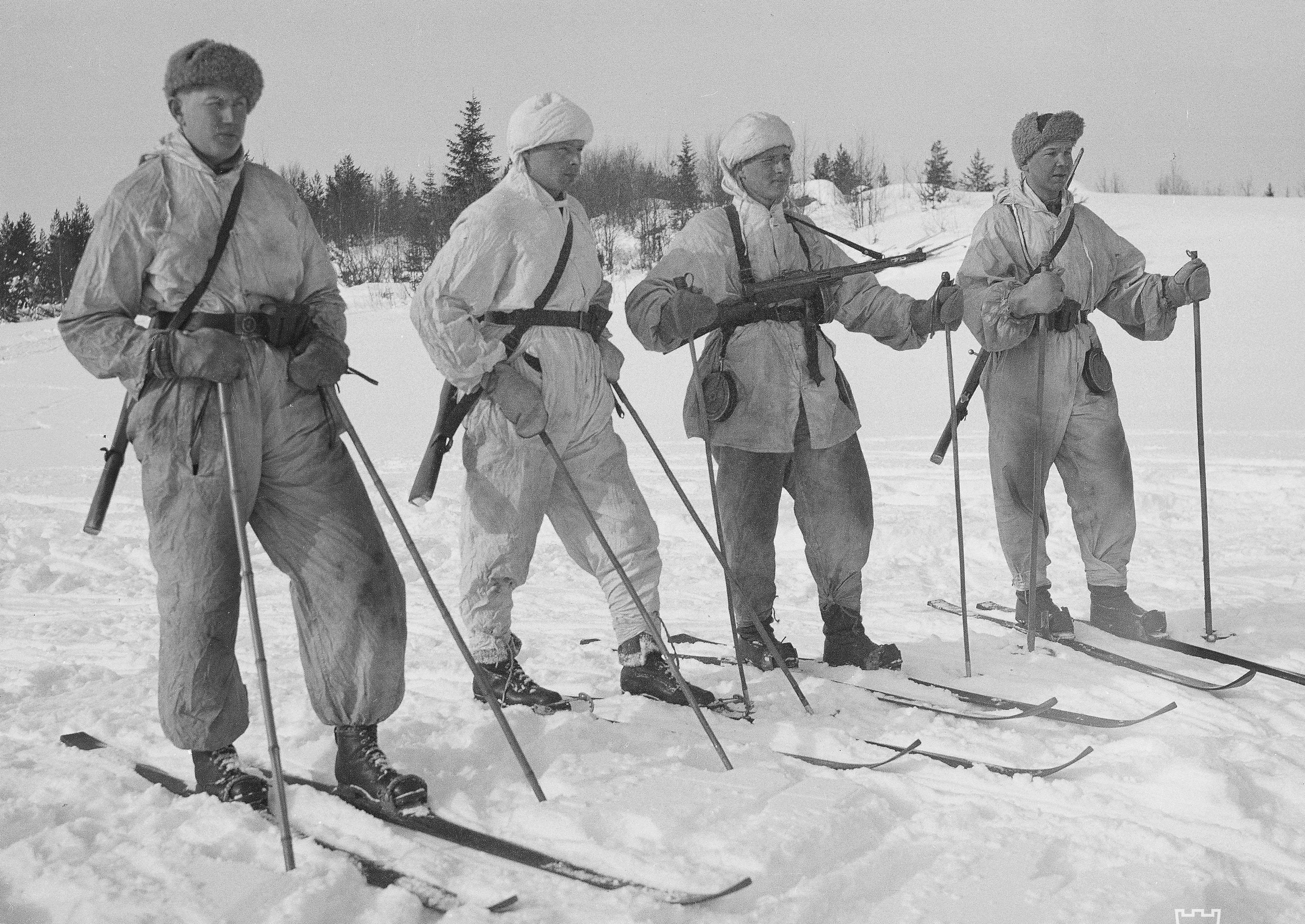
Winter War. Finnish Wartime Photograph
Archive.
Newly renovated, the 10th Mountain Division and Fort Drum Museum tells the story of the birth of American military skiing and all that follows, through more than 400 objects, nearly twice as many period photographs and a collection of archival documents, all in almost 5,000 square feet of exhibit space.
On entry, visitors are greeted by a potbelly stove like those used in the wooden barracks of Camp Hale, Colorado, where the division also trained. The initial gallery then explains the early role of the U.S. Army in this region of New York, including cold-weather training for units destined to fight in Europe during World War II.
Visitors then move into a gallery focusing on the development of the 10th Mountain Division. Here they’ll find a selection of equipment, including a Weasel tracked vehicle and ski boots clad with leather soles, as rubber was rationed for the war effort. Additional galleries explore division veterans’ post-war influence on the ski and outdoor industries and show how the division’s history still impacts the U.S. Army today.
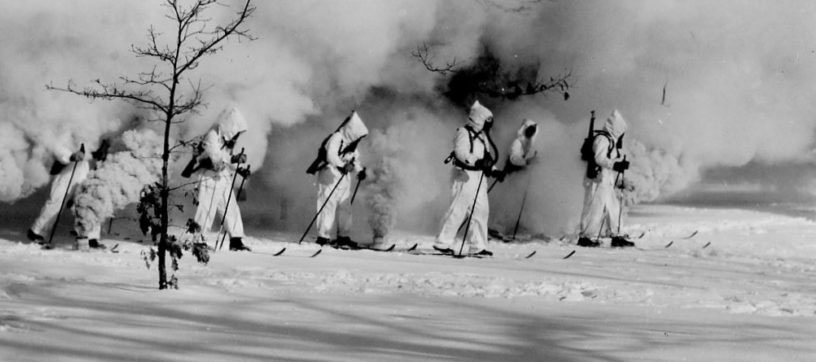
during 1940 training at Pine Camp, NY.
NPR North Country at Work.
Skiing History readers are familiar with the basic story: In 1939, as the world descended into the chaos of World War II, Germany and Russia were gobbling up their neighbors. The ski season of 1939–1940 was interrupted by the war, and there would be no 1940 Olympics. Newsreels were filled with scenes from the Finnish-Soviet Winter War, showing lightly armed Finnish ski troops destroying two Soviet armored divisions. Watching those newsreels in America, U.S. Army leaders tried to prepare for the coming conflict, in the face of much public opposition.
The army’s winter equipment hadn’t been updated in decades, nor were any units trained for winter operations. Brigadier General Irving J. Phillipson, then stationed at Fort Ontario in Oswego, New York, knew that time was limited. He wanted to try something the U.S. Army had never attempted: winter tactical training.
Inspired by those scenes of Finns on skis fighting a numerically and technologically stronger foe, Phillipson sought permission from his superior, Lieutenant General Hugh Drum, to test winter maneuvers at Pine Camp, notorious for its heavy snow, borne on winds from Lake Ontario. In January and February 1940, two years before Pearl Harbor, Phillipson and Drum conducted the army’s first known winter tactical training exercise. On February 26, the Plattsburgh Daily Press reported: “Winter Maneuvers May Revolutionize Army Life; Experiment Is a Success. Skis and snowshoes, toboggans and white camouflage shrouds may henceforth be donned as an integral part of the Army future training program.”
At almost the same time, while skiing in Vermont, Minot “Minnie” Dole and his National Ski Patrol leadership discussed the need for a military ski unit. Dole lobbied the army, and in September, Chief of Staff General George C. Marshall authorized six ski patrols (platoons, really) drawn from infantry divisions in the states of New York and Washington. But it wasn’t until Greek troops whipped the Italians in the mountains of Albania that Marshall got serious. In October 1941, he ordered the formation of the 87th Mountain Infantry Regiment in Fort Lewis, Washington. Dole and the National Ski Patrol got busy recruiting.
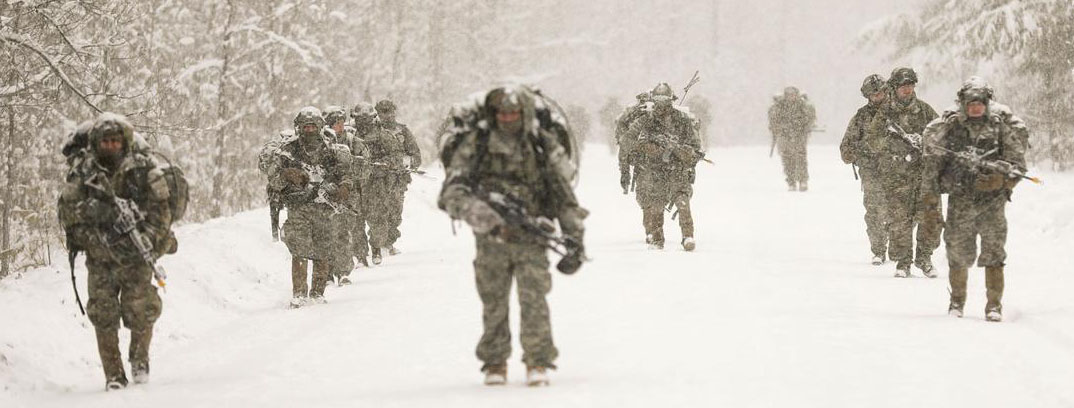
Mountain Division at Fort Drum, 2018. US Army.
Beyond World War II, a reactivated 10th Infantry Division trained draftees for the Korean conflict in the flatlands of Kansas, then tested the first major overseas troop rotation into Germany during the early Cold War, serving on the central German plains to defend against a potential Soviet invasion. The division came to Fort Drum in 1985 and earned the title of the most-deployed division in the U.S. Army, serving wherever the nation called: in Somalia, where its soldiers fought in the Battle of Mogadishu in October 1993, remaining as the last U.S. troops there as part of the United Nations mission; re-establishing democratic control in Haiti in 1994; and 20 years of deployments in Afghanistan and Iraq. The division was the first conventional force to enter Afghanistan following the September 11 terrorist attacks, and its troops were among the last to depart in September 2021.
The museum offers a unique view for anyone interested in ski history, military history and the U.S. Army through the decades. We look forward to welcoming you into our expanded gallery spaces when we reopen our doors in March 2022. The museum will be open from 9:30 a.m. until 5 p.m., Monday through Saturday. Until then, follow us at Facebook.com/FortDrumMuseum. Climb to Glory, and ski safe! 
Sepp Scanlin is director of the 10th Mountain Division and Fort Drum Museum.
10th Mountain Division Hall of Fame Inducts
Roger and Deborah Bankart Eddy
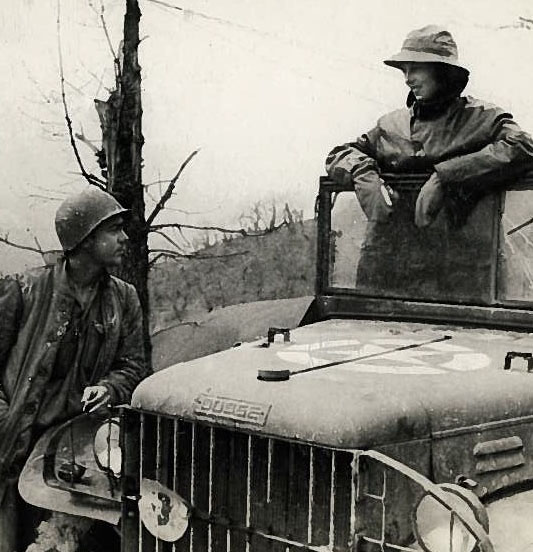
Denver Public Library.
In September, the 10th Mountain Division and Fort Drum Warrior Legend Hall of Fame inducted five new members, including Major Roger Eddy and his wife, Deborah Bankart Eddy.
Deborah Bankart, certified as a ski instructor in 1939, directed the Hanover (New Hampshire) Ski School. When filmmaker John Jay joined the 87th Mountain Infantry Regiment in 1941, Bankart took over his film-touring circuit and used it to recruit for the 87th and then for the 10th Mountain Division. In 1944 she volunteered for the Red Cross and served with the 10th in Italy, with the rank of captain. Roger Eddy served as commander of K Company, 87th Regiment, in the Aleutians, Northern Apennines and Po Valley campaigns. He earned the Silver Star with Oak Leaf Cluster and Bronze Star.
The Hall of Fame also inducted new members Brigadier General Onslow S. Rolfe, the first commander of the 87th Mountain Infantry Regiment, who served until 1942 when he took command of the Mountain Training Center Camp Hale; Command Sergeant Major Christoper K. Greca, an Army Ranger who served with the 10th from 2004 to 2011; and Staff Sergeant Michael H. Ollis, who on August 28, 2013, sacrificed his own life to shield a wounded Polish officer from the blast of a suicide bomber. He received the Distinguished Service Cross.
Table of Contents
WORLD CHAMPIONSHIP ($3,000+)
BerkshireEast/Catamount Mountain Resorts
Gorsuch
Warren and Laurie Miller
Sport Obermeyer
Polartec
CHAMPIONSHIP ($2,000)
Fairbank Group: Bromley, Cranmore, Jiminy Peak
Hickory & Tweed
Rossignol
Snowsports Merchandising Corporation
WORLD CUP ($1,000)
Aspen Skiing Company
Bogner of America
Boyne Mountain Resort
Dale of Norway
Darn Tough Vermont
Dynastar/Lange/Look
Gordini USA Inc/Kombi LTD
Head Wintersports
Intuition Sports
Mammoth Mountain
Marker/Völkl USA
National Ski Areas Association
Outdoor Retailer
Ski Area Management
Ski Country Sports
Sports Specialists Ltd
Sun Valley Resort
Vintage Ski World
World Cup Supply
GOLD MEDAL ($700)
Larson's Ski & Sports
Race Place/Beast Tuning Tools
The Ski Company (Rochester NY)
Thule
SILVER MEDAL ($500)
Alta Ski Area
Boden Architecture PLLC
Dalbello Sports
Deer Valley
EcoSign Mountain Resort Planners
Elan
Fera International
Holiday Valley Resort
Hotronic USA/Wintersteiger
Masterfit Enterprises
McWhorter Driscoll LLC
Metropolitan New York Ski Council
Mt. Bachelor
New Jersey Ski & Snowboard Council
Russell Mace Vacation Homes
SchoellerTextil
Scott Sports
Seirus Innovations
SeniorsSkiing.com
Ski Utah
Steamboat Ski & Resort Corp
Sundance Mountain Resort
Swiss Academic Ski Club
Tecnica Group USA
Timberline Lodge and Ski Area
Trapp Family Lodge
Western Winter Sports Reps Association
World Pro Ski Tour
Yellowstone Club

